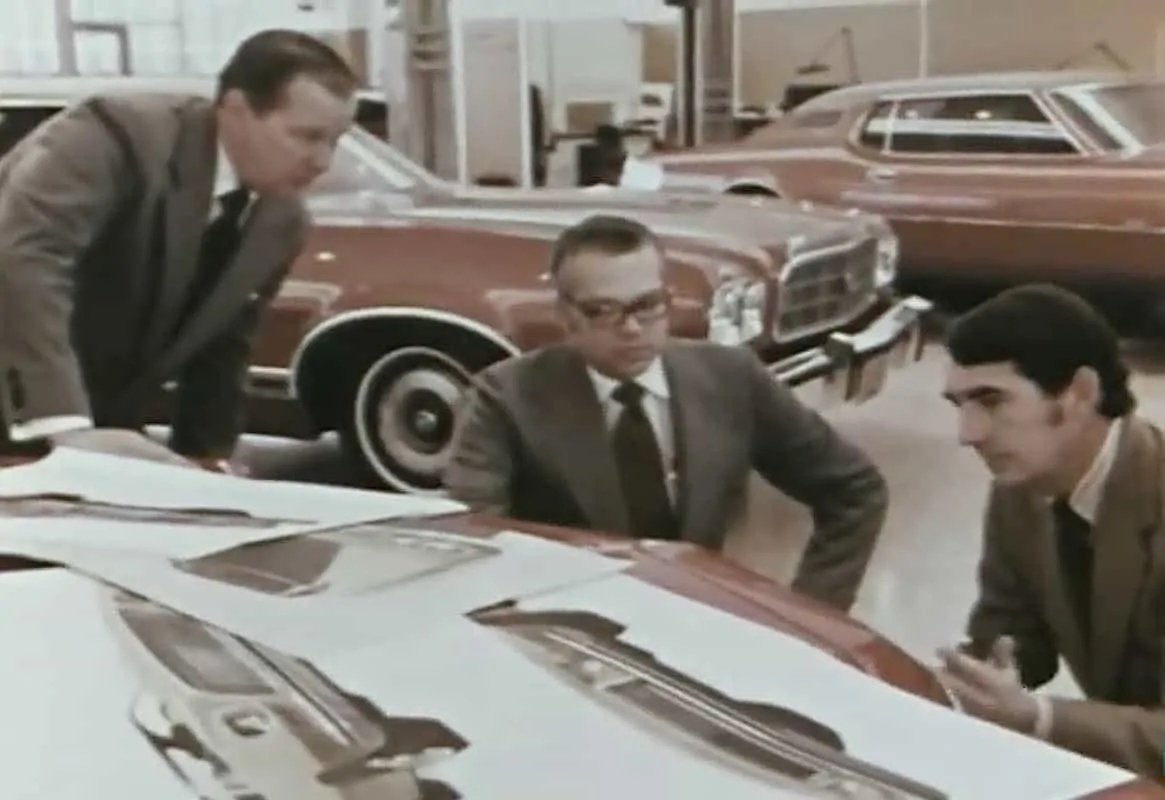Every once in awhile it pays to take a stroll down memory lane, or maybe see what was going on before you were even born. It allows you to look back, perhaps romantically, at a simpler time when life was more carefree. But was it?
The video above takes us inside Ford’s advanced design studio in the early 1970s. We get to hear why — even then — designers hated being referred to as mere ‘stylists’, we get a look at some of the projects they were working on at the time, and gain a little insight into the friction transpiring between designers and engineers — though everyone is diplomatic and sharply dressed.
I won’t give you any spoilers, suffice to say that safety regulations imposed by the US government called for some seriously drastic measures in 1972, and not everybody (or product) came out unscathed.
What I love most about these old videos is seeing how designers approached some of the issues they faced, knowing how the results of their experiments affected today’s automotive landscape. Hindsight is a wonderful thing.
It’s also great to be able to witness the process of interaction between people as they work out the issues they were facing and to see similarities with the current questions being raised by design teams working in automaker studios today. Everyone is trying to find answers.
“A designer is inherently dissatisfied with the way things are. He wants change. That’s why he designs.” – Romeyn Hammond, advanced interior designer, Ford, 1973.
While the video focuses on the safety equipment designers had to implement at the behest of upcoming government mandates — citing conversations designers were having with engineers and regulators — ultimately Ford’s teams had to devise a solution to a problem. And therein lies the parallel.
The autonomous race is on, and everyone is racking their brains trying to find ways to implement functional solutions for safety, comfort, aesthetics and overall desirability. It’s a great opportunity but also a significant challenge. Good luck to all of those out there working towards new mobility solutions for the future!
While the design paradigm has changed, the way a designer is asked to develop a cognitive plan and devise new solutions to tackle and resolve an issue remains the same. Ultimately it’s up to the consumer to decide if they like the final product or not.
The video above is something I found in the King Rose Archives, a great resource full of interesting videos from the annals of automotive history. They’ve got loads of them, from vintage concepts to interviews and commercials.
But before you venture down that rabbit hole don’t say I didn’t warn you. It might be best to save the link for a weekend.



